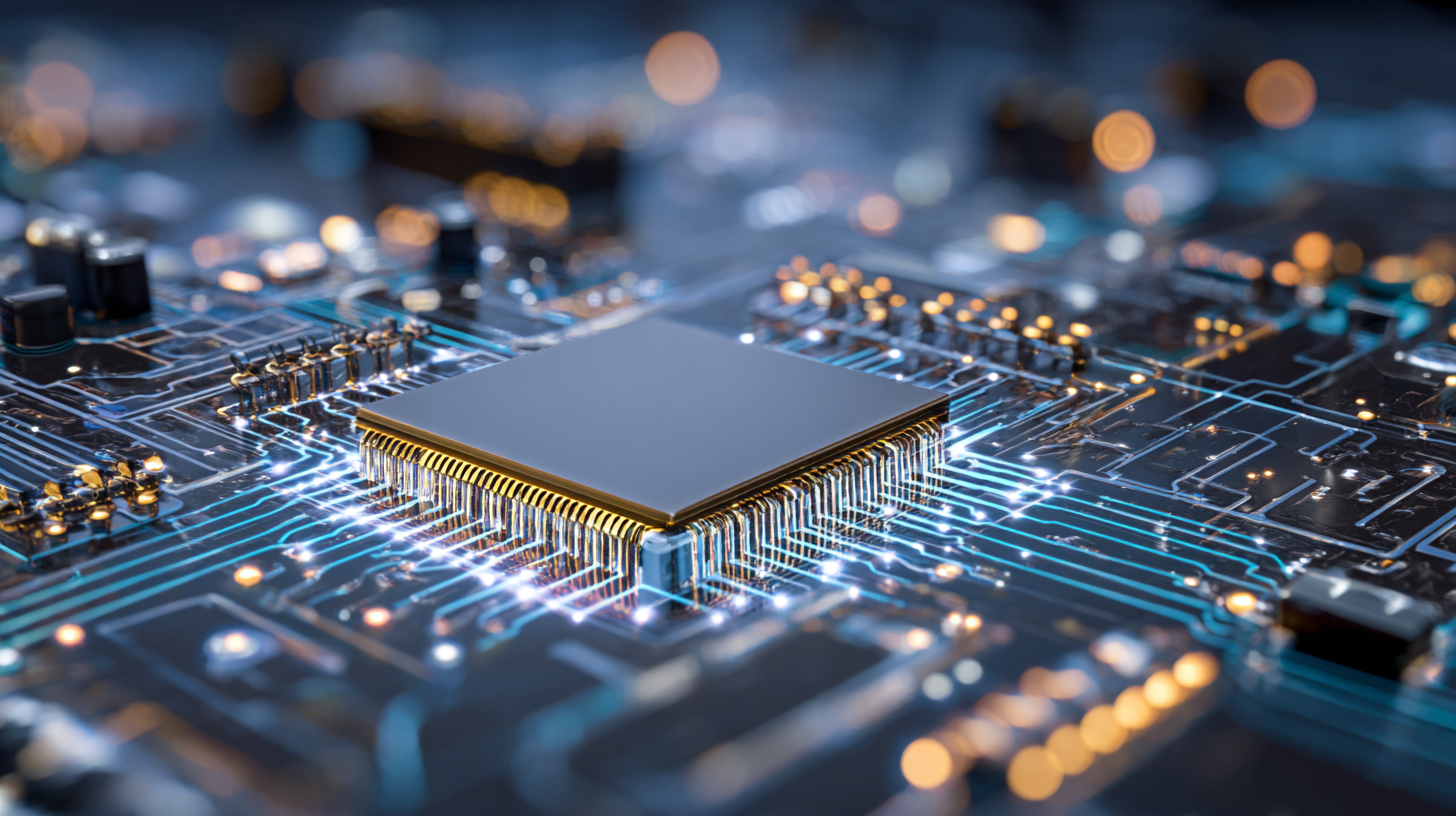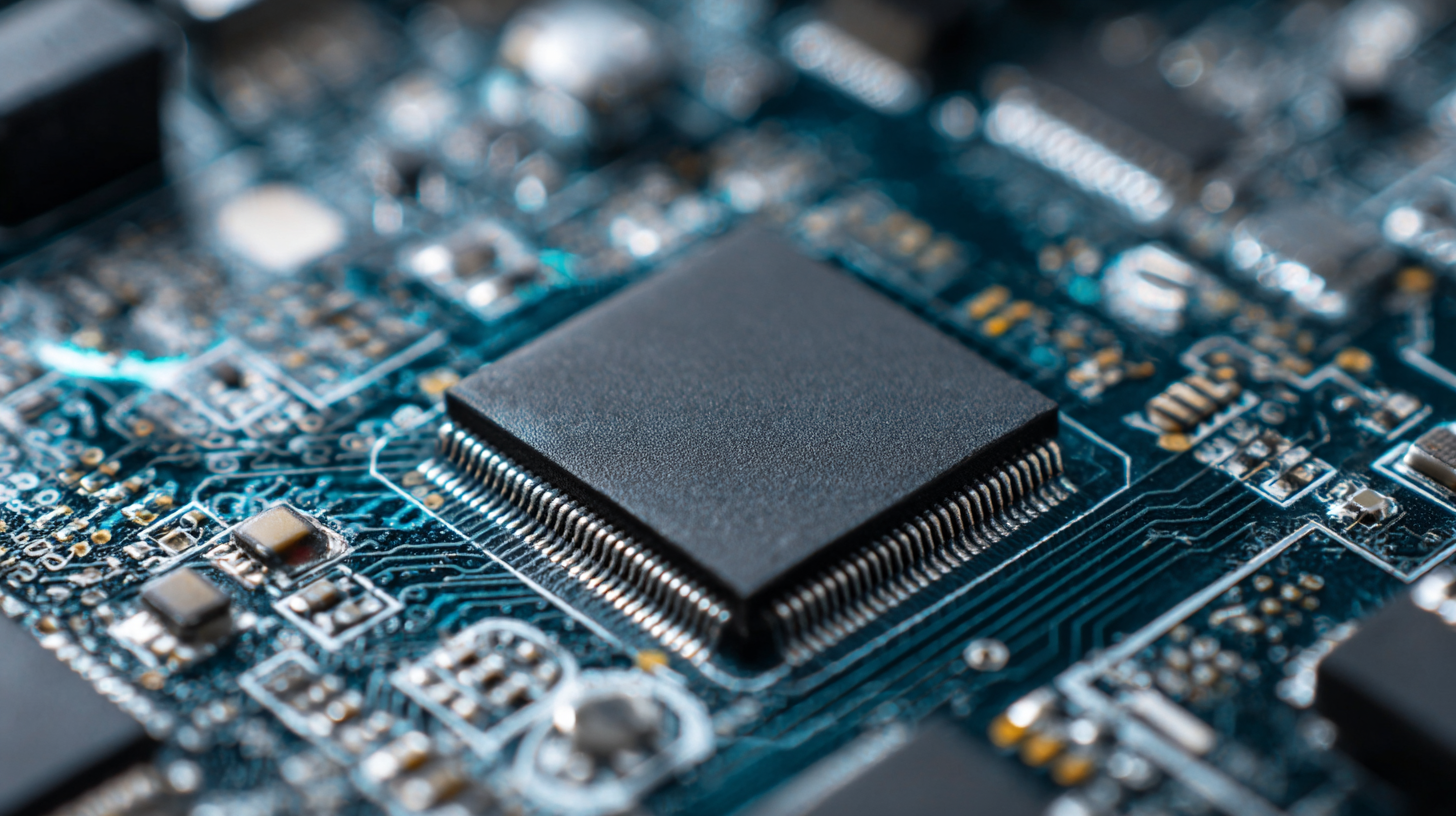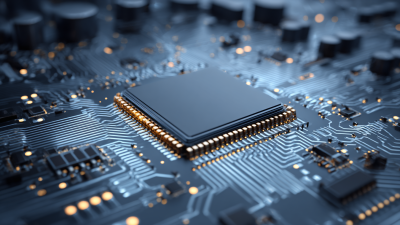The increasing demand for energy-efficient solutions has brought significant attention to Silicon Carbide Electronics, which are becoming pivotal in modern energy systems. According to a report by Research and Markets, the global Silicon Carbide (SiC) market is projected to reach USD 6.5 billion by 2027, growing at a CAGR of 24.2% from 2020 to 2027. This surge is attributed to SiC's exceptional thermal conductivity, high breakdown voltage, and lower energy losses compared to traditional silicon semiconductors.

As industries circle around the adoption of greener technologies, utilizing Silicon Carbide Electronics not only drives operational efficiencies but also aligns with stringent environmental regulations. In particular, sectors such as electric vehicles (EVs) and renewable energy systems, like solar inverters and wind turbines, are leveraging SiC to enhance performance and reliability while significantly reducing carbon footprints.
By harnessing the capabilities of Silicon Carbide Electronics, businesses can take a substantial step towards achieving sustainable energy solutions and improving overall energy efficiency.
Silicon Carbide (SiC) technology is rapidly gaining traction in the electronics industry, primarily due to its superior energy efficiency compared to traditional silicon-based components. By leveraging its wide bandgap properties, SiC devices are capable of operating at higher voltages, frequencies, and temperatures, making them ideal for a range of applications, from electric vehicles to renewable energy systems. The global SiC wafer market is projected to grow from $429.3 million in 2022 to an impressive $1.4601 billion by 2029, reflecting a robust compound annual growth rate (CAGR) of 19.1%. This rapid growth indicates a significant shift towards energy-efficient solutions in various sectors.
Understanding the fundamentals of SiC technology reveals why it holds such promise for improving energy efficiency. SiC's ability to reduce power loss during switching operations translates to higher overall performance, particularly in power electronics. As industries increasingly prioritize sustainability and efficiency, the demand for SiC devices will likely continue to escalate. Reports show that integrating SiC technology can lead to substantial reductions in energy consumption, thereby aligning with global initiatives towards reducing carbon footprints and promoting cleaner energy sources. These advancements not only enhance operational efficiency but also contribute to the modern industry's shift towards more sustainable practices.
Silicon carbide (SiC) electronics are transforming various energy systems, thanks to their superior properties over traditional silicon devices. One of the primary applications of SiC technology is in power conversion systems, such as inverters used in renewable energy sources like solar panels and wind turbines. The enhanced thermal conductivity and higher breakdown voltage of SiC allow these systems to operate at higher efficiency and smaller form factors, significantly reducing energy losses.
**Tip:** When considering SiC for your energy system, prioritize components that maximize the use of its high-temperature and high-voltage capabilities to achieve the best performance.
Another critical area where SiC electronics shine is in electric vehicles (EVs). SiC devices facilitate faster charging, lighter components, and improved driving ranges due to their efficiency in power management systems. By employing SiC technology, manufacturers can create systems that not only reduce weight but also improve the overall consumer experience through longer battery life and rapid charging solutions.
**Tip:** Look for SiC-based solutions specifically designed for automotive applications that meet rigorous efficiency standards to leverage the full potential of electric mobility.

Silicon carbide (SiC) has emerged as a game changer within the semiconductor industry, presenting a host of advantages over traditional materials like silicon (Si). One of the most critical benefits of SiC is its superior thermal conductivity, enabling devices to operate at higher temperatures with lower energy losses. According to a report by the Power Electronics Industry Council, SiC devices can operate up to 200°C compared to 150°C for silicon counterparts, which can significantly enhance performance in power electronics applications.
Moreover, SiC's wide bandgap (3.26 eV) allows for higher voltage and frequency operation, facilitating increased efficiency in energy conversion. Research conducted by Yole Développement highlights that SiC technology can achieve efficiencies exceeding 95% in power converters, translating into substantial energy savings. This characteristic is particularly beneficial in electric vehicles (EVs) and renewable energy systems, where energy efficiency plays a crucial role in performance and sustainability. As the market for SiC devices continues to expand, we can expect further innovations that leverage these advantages to drive advancements in energy-efficient technologies.

Silicon carbide (SiC) has emerged as a game-changer in the field of power electronics, offering significant advantages in energy efficiency for various applications. By integrating SiC-based solutions, industries can achieve improvements in energy performance, reducing power losses and enhancing thermal management. According to a report by the International Energy Agency (IEA), SiC devices can improve energy efficiency by up to 30% when compared to traditional silicon components, particularly in high-temperature, high-voltage applications. This enhanced efficiency not only reduces operational costs but also contributes to a decrease in carbon emissions, aligning with global sustainability goals.
Tips for implementing SiC-based solutions include conducting a thorough analysis of existing systems to identify potential upgrades. By replacing conventional silicon power modules with SiC equivalents, manufacturers can experience faster switching speeds, which minimizes energy waste during operation. Additionally, utilizing advanced thermal management techniques such as heat sinks designed for SiC devices can further enhance overall device reliability and efficiency.
Another critical aspect is to ensure proper training and education for engineering teams on the unique properties and best practices for handling SiC materials. According to the 2022 Siemens Mobility report, companies that adopt continuous education programs for their engineers regarding emerging technologies like SiC are likely to see a productivity boost of approximately 20%, driving further innovation and development in energy-efficient solutions.
Transitioning to silicon carbide (SiC) electronics involves several strategic steps that can significantly enhance energy efficiency in existing systems. First, assessing the current infrastructure is crucial. Stakeholders should conduct a thorough analysis of their current electronic components, identifying areas where silicon carbide devices can replace traditional silicon-based elements. This assessment should focus on performance metrics such as power loss, thermal management, and overall system efficiency. Engaging with experienced suppliers and manufacturers can provide valuable insights into the most effective SiC solutions available.
Once the assessment is complete, integrating SiC devices requires careful planning and phased implementation. Systems can be gradually upgraded to minimize downtime and risks associated with sudden changes. It is essential to ensure compatibility with existing systems by utilizing interface circuits and adapting control algorithms to leverage the benefits of SiC technology. Additionally, regular training for technical personnel on SiC technology can facilitate smoother transitions and promote ongoing system optimization. By approaching the transition methodically, organizations can maximize the energy efficiency gains offered by silicon carbide electronics while maintaining operational stability.






